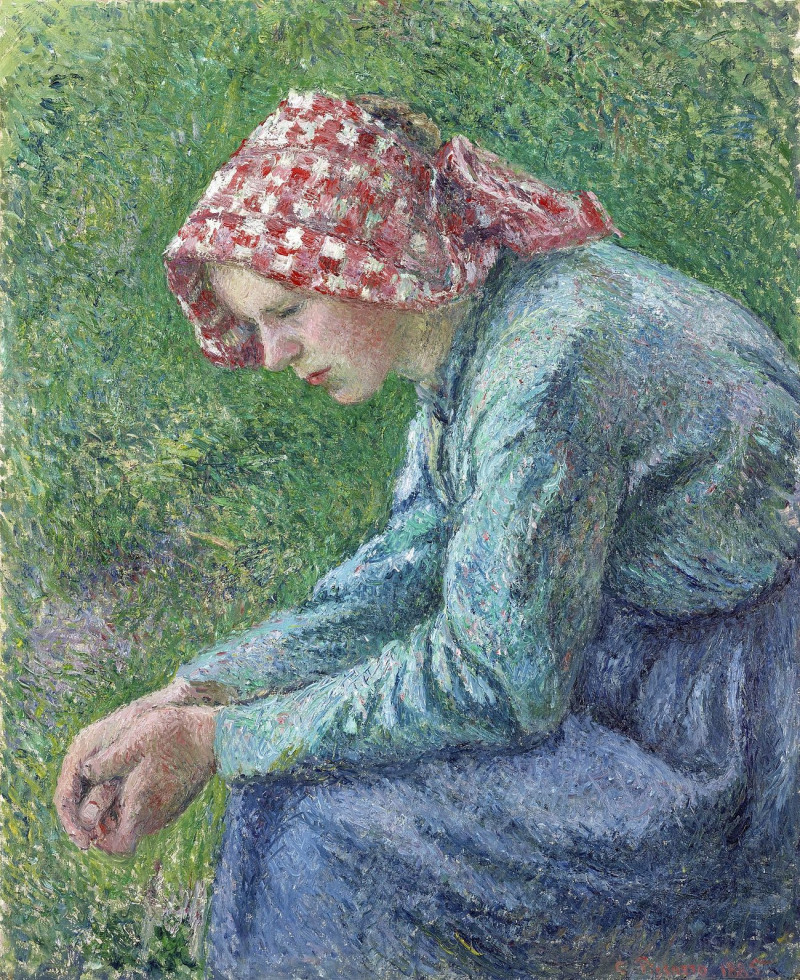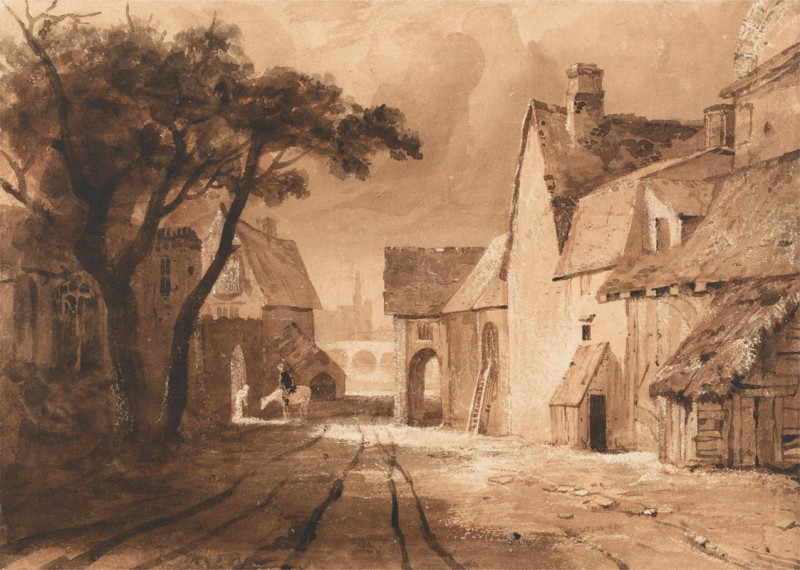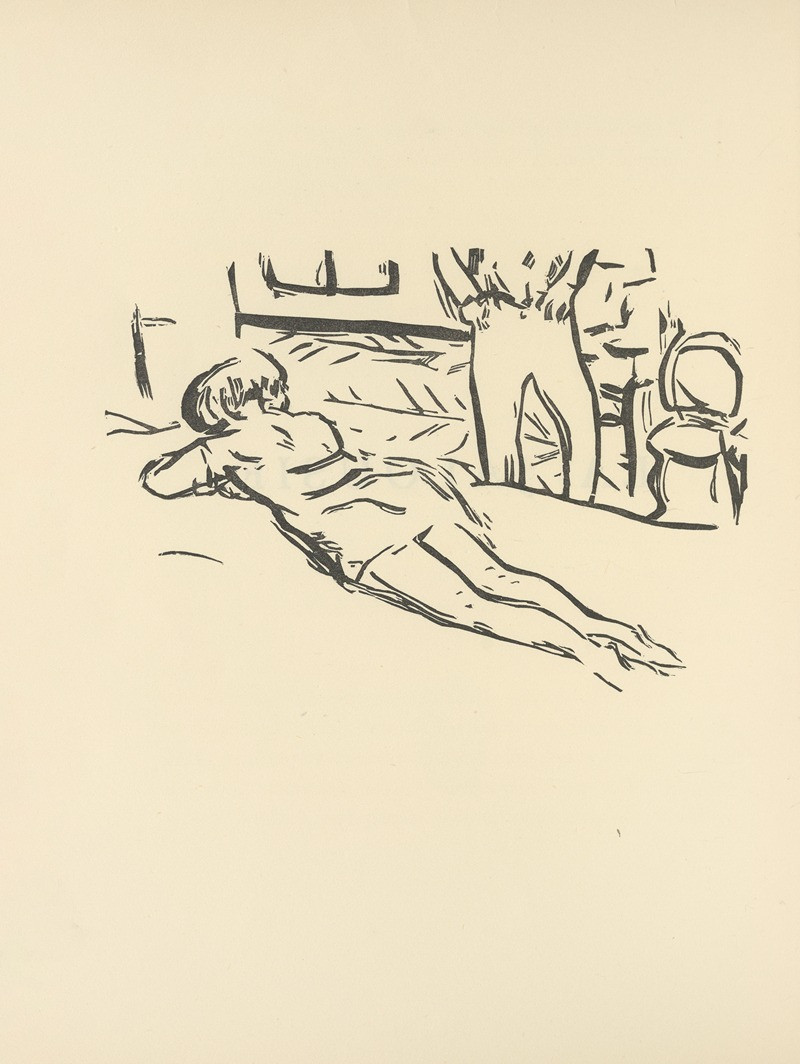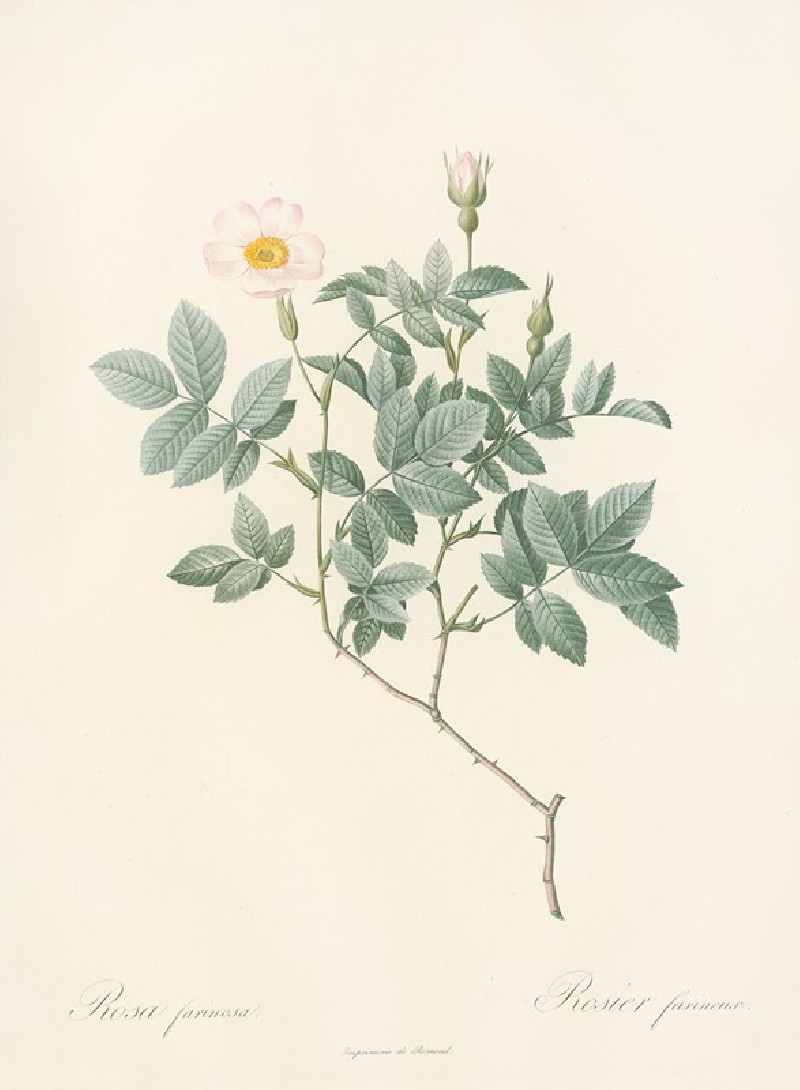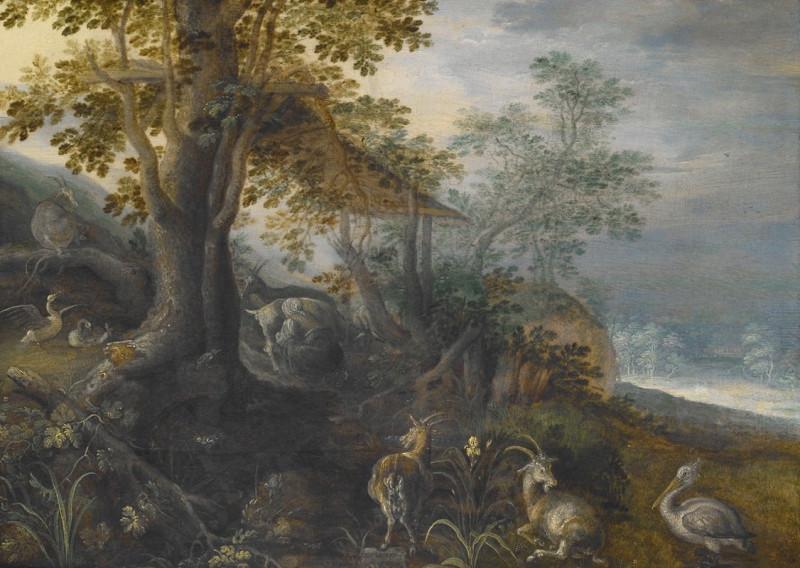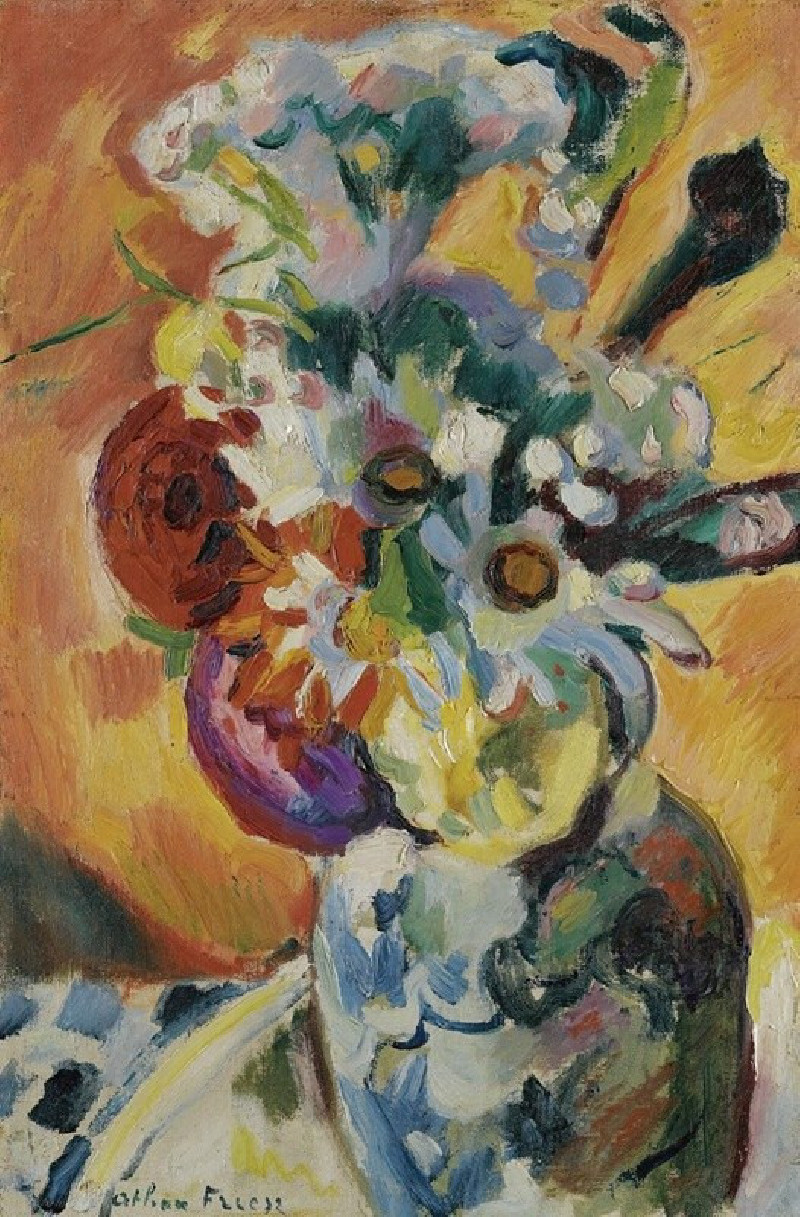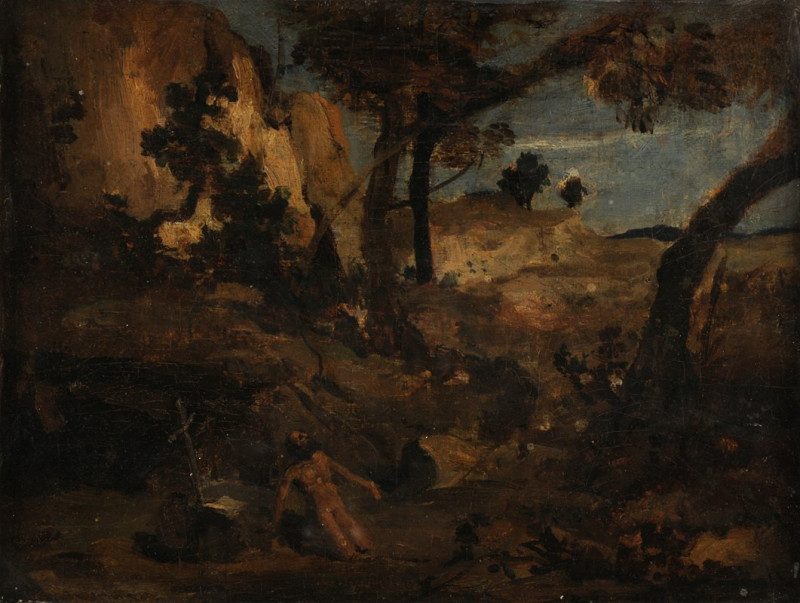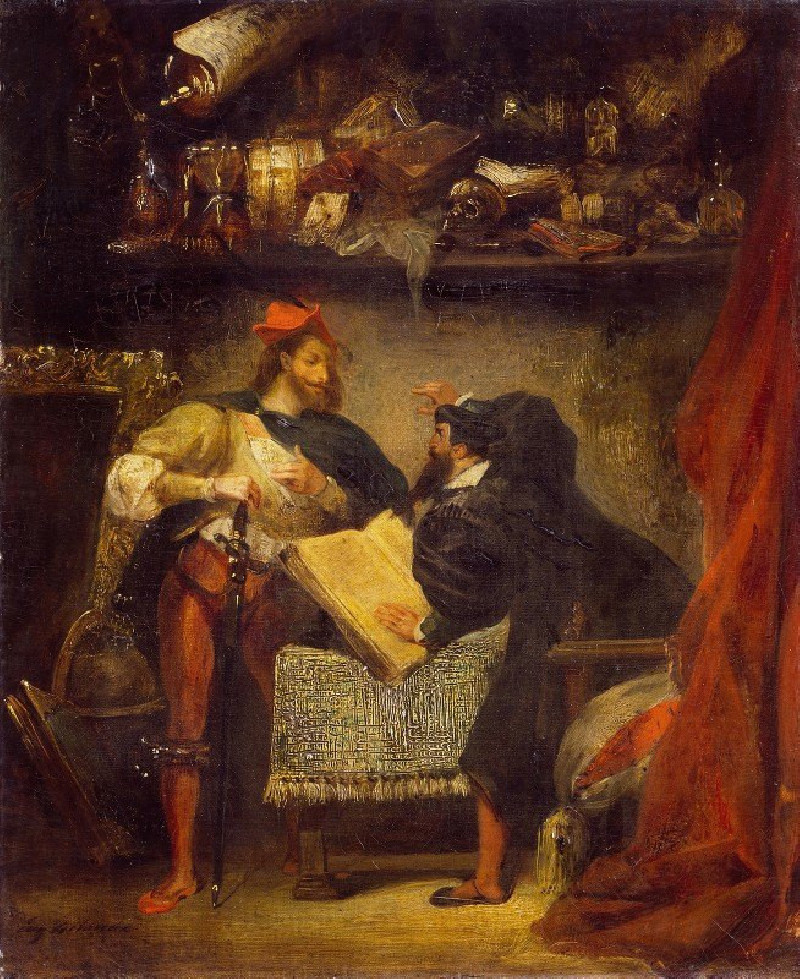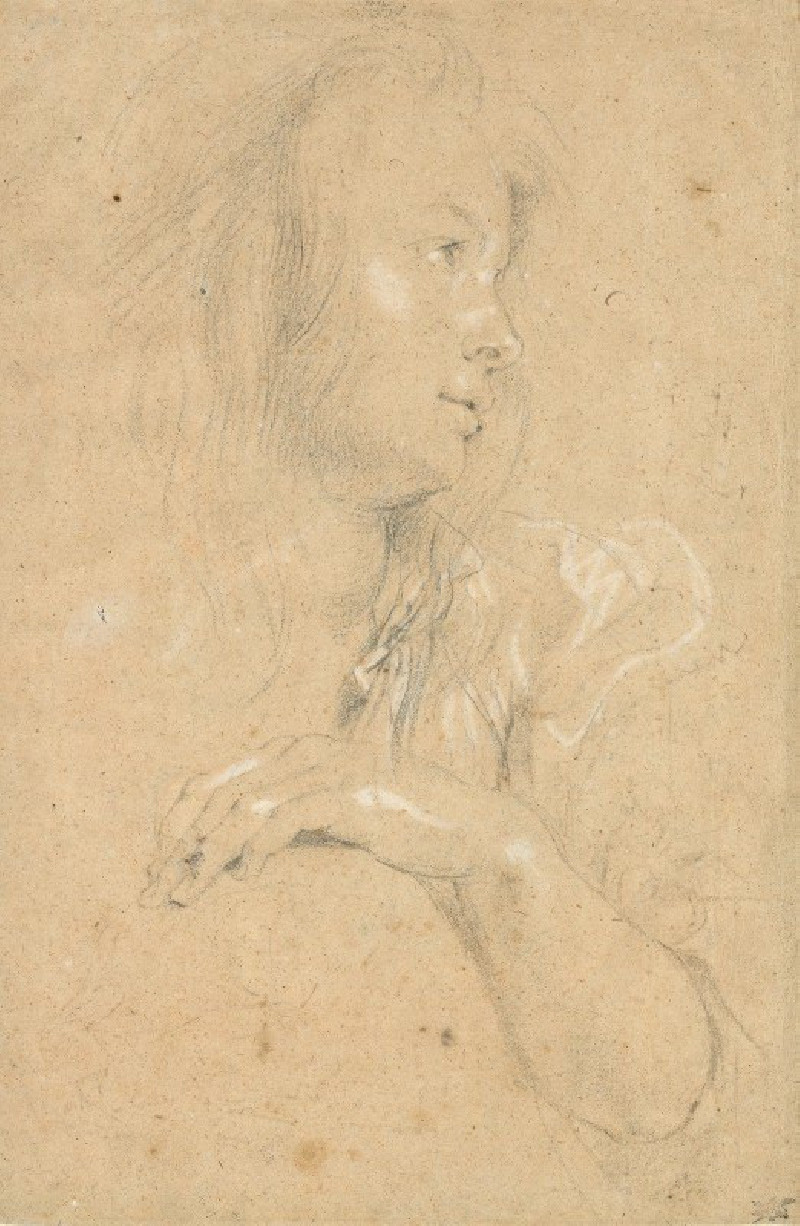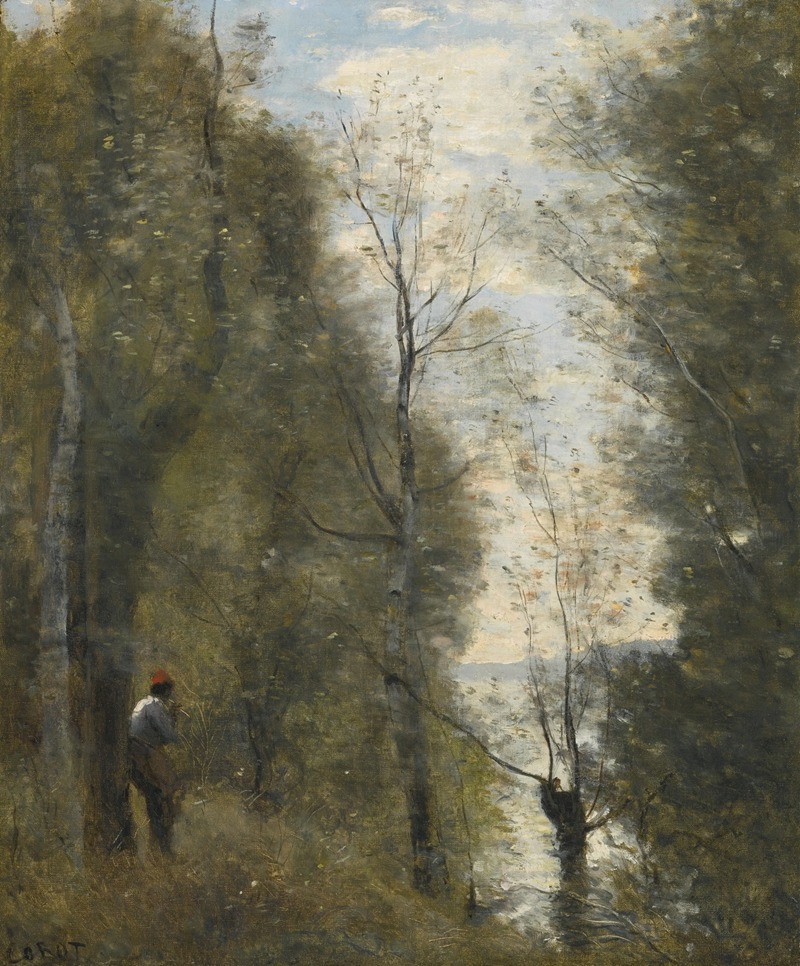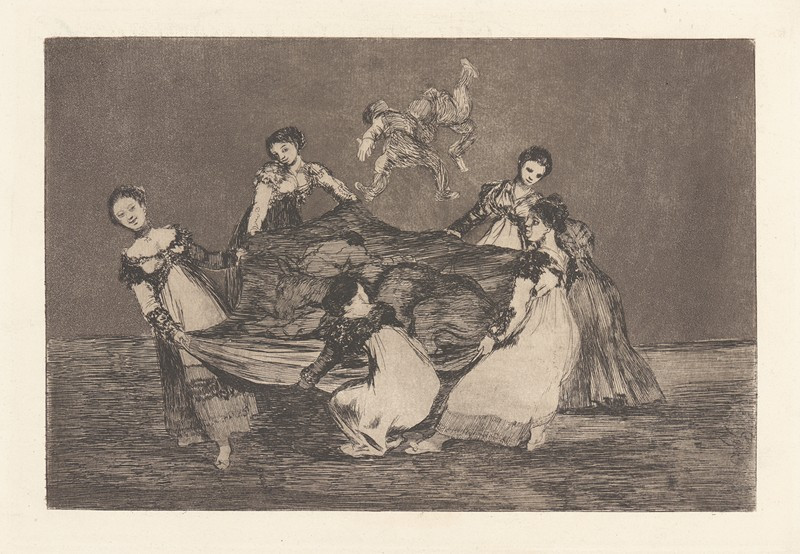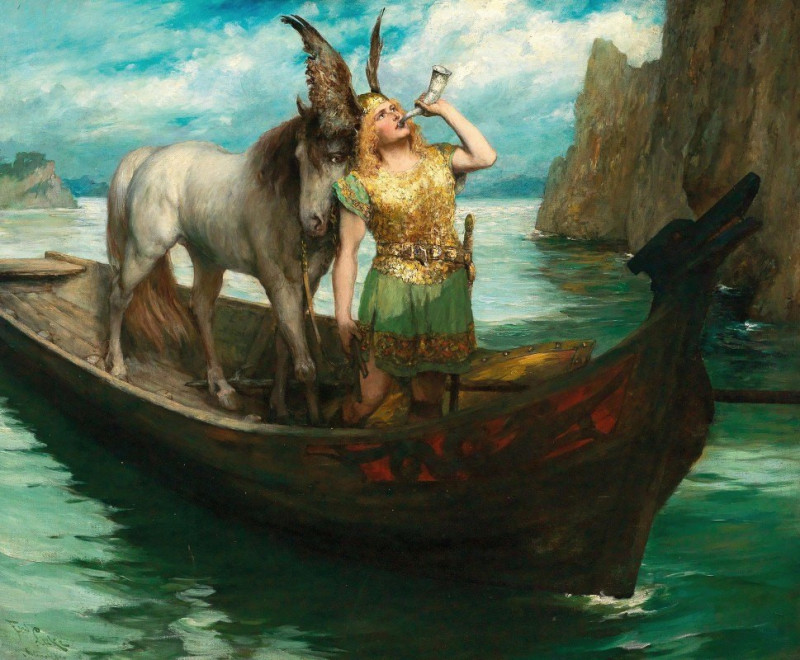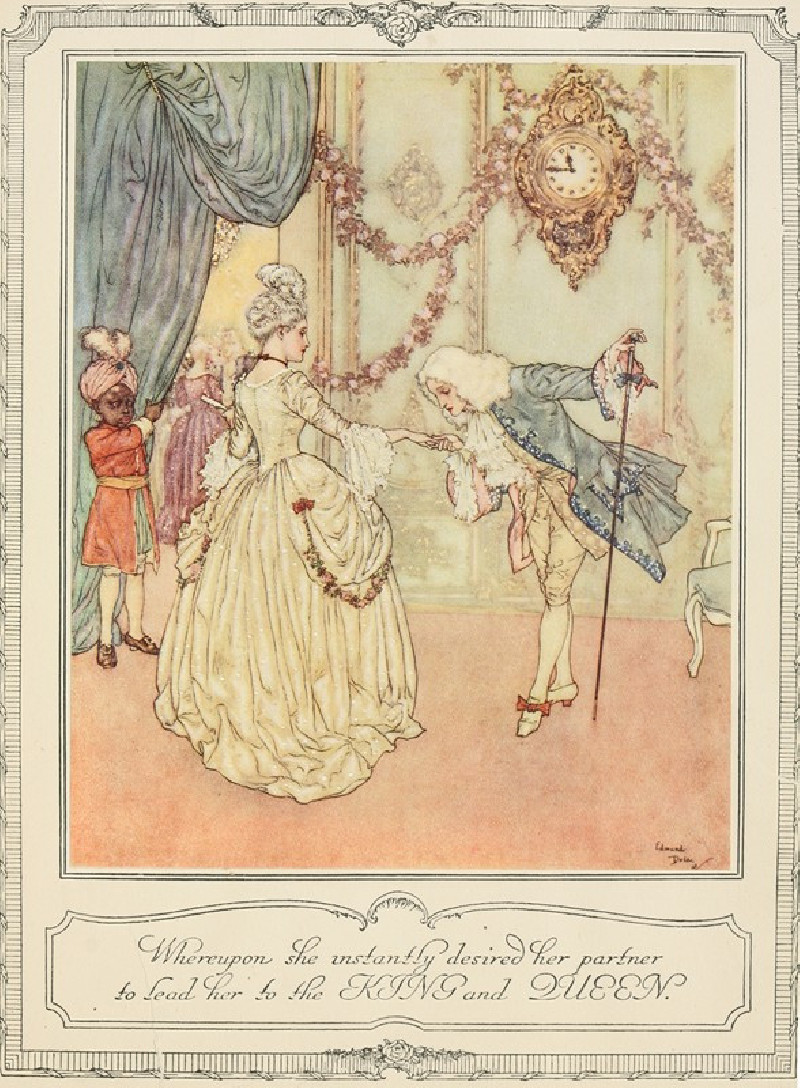A Seated Peasant Woman
Technique: Giclée quality print
Recommended by our customers
More about this artwork
This painting by Camille Pissarro, titled "A Seated Peasant Woman," is a captivating example of his skill in depicting rural life with poignant intimacy and gentle realism. The subject of the painting is a peasant woman, seated outdoors with her body turned slightly to the side, while her gaze is directed downward in a reflective or possibly fatigued pose.Pissarro's use of color and texture in this work is particularly notable. The strokes are loose and expressive, contributing to a vivid portrayal of the textures of the woman's clothing and the lush greenery that forms the background. Her attire is simple yet rendered with attention to the play of light and shadow, which adds depth and complexity to the composition. The red and white patterned headscarf stands out against the various shades of green and blue, drawing the viewer’s eye towards her face, which expresses a sense of calm resignation or deep thought.This painting fits within Pissarro's larger body of work that often focused on the lives and environments of peasants, portraying them with dignity and a deep empathy. Here, Pissarro not only captures the physical appearance of the woman but also conveys a broader narrative about the everyday lives and emotional states of rural workers in the late 19th century, highlighting his commitment to social realism through the lens of Impressionism.
Delivery
Returns
Blessed are they who see beautiful things in humble places where other people see nothing. — Camille Pissarro
Camille Pissarro (1830-1903) was born on St.Thomas (now the US Virgin Islands) to a Portuguese father and a Dominican mother. He went to Paris to study art at Ecole des Beaux-Arts. He was an early pioneer of pointillism and neo-impressionism and later became a mentor of many famous impressionist painters including Cezanne, Manet, Renoir, and Gauguin. His paintings depicted rural and urban French landscapes and lifestyle. Many of his works politically captured images of peasants and laborers. Today, he is considered the father of impressionism.

